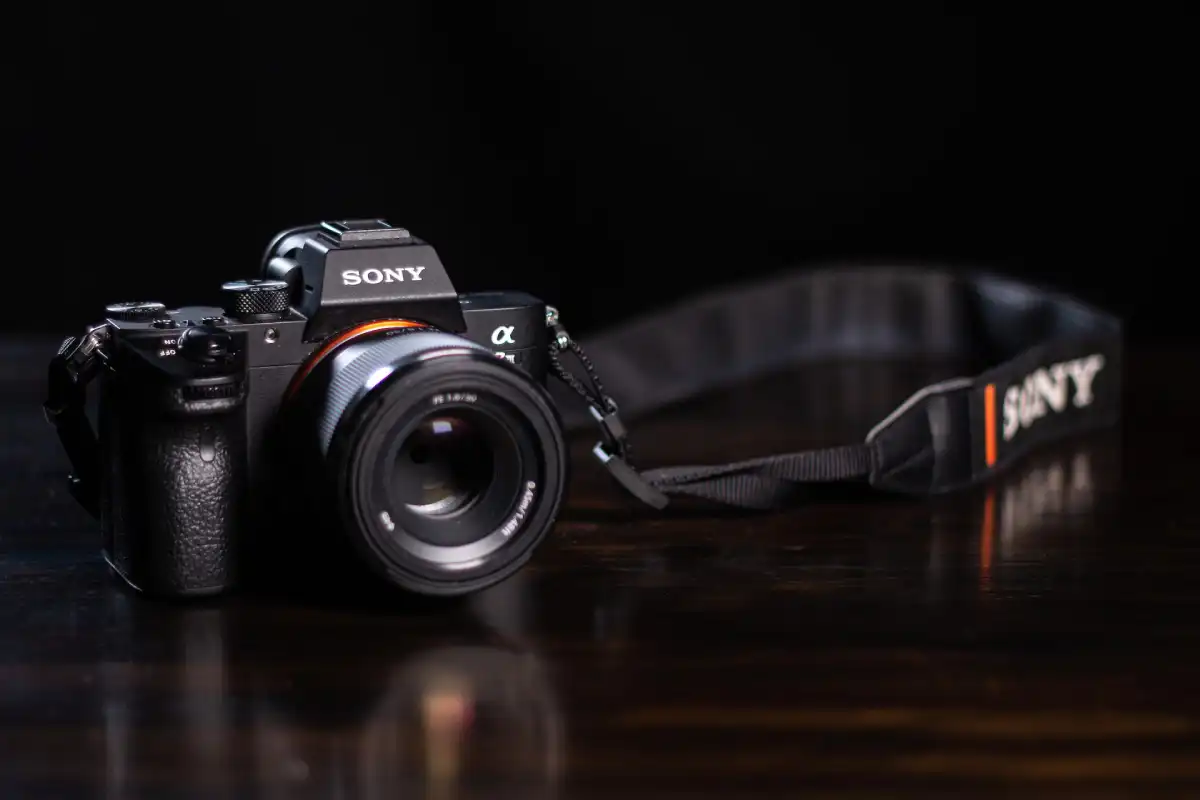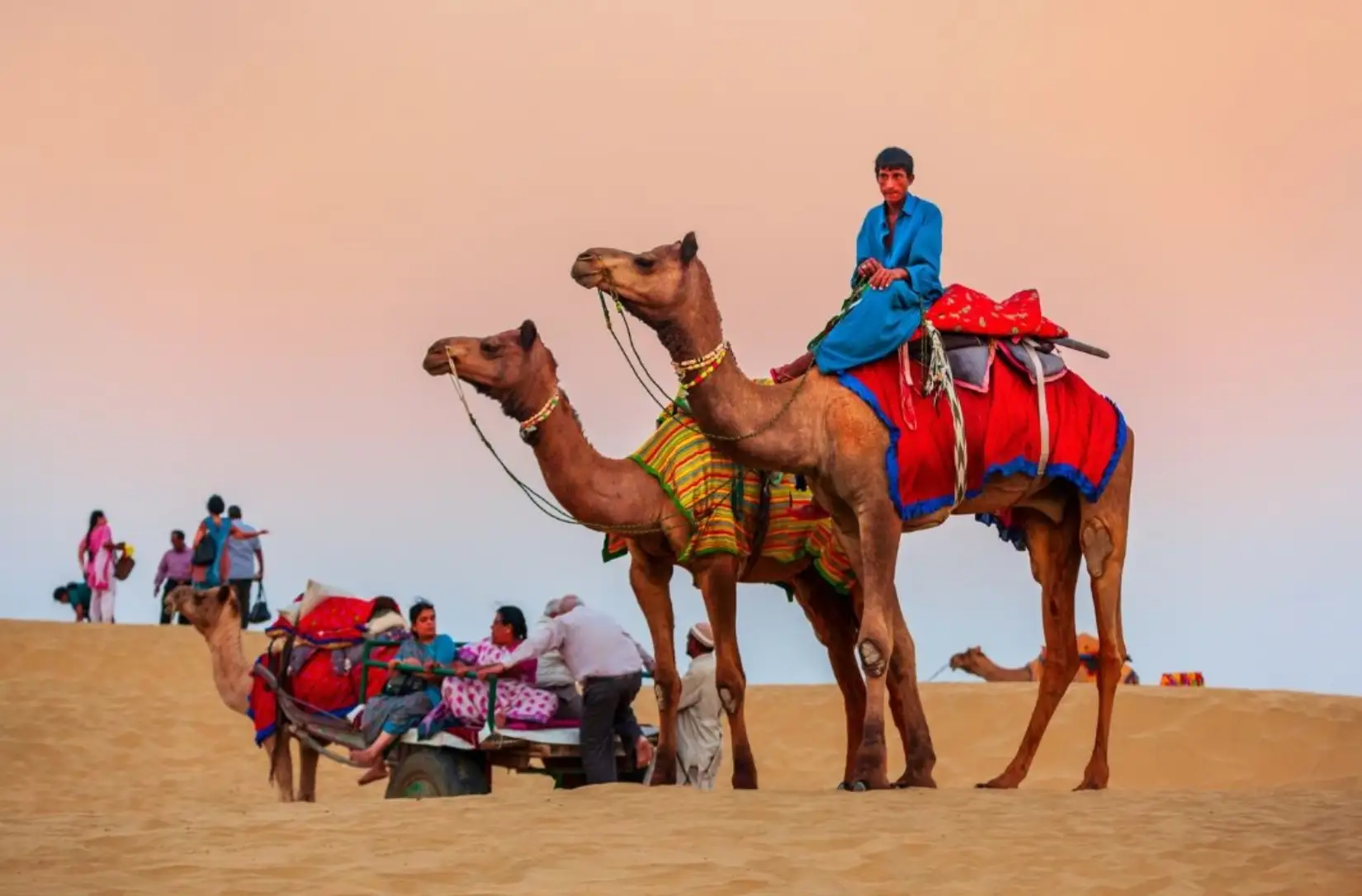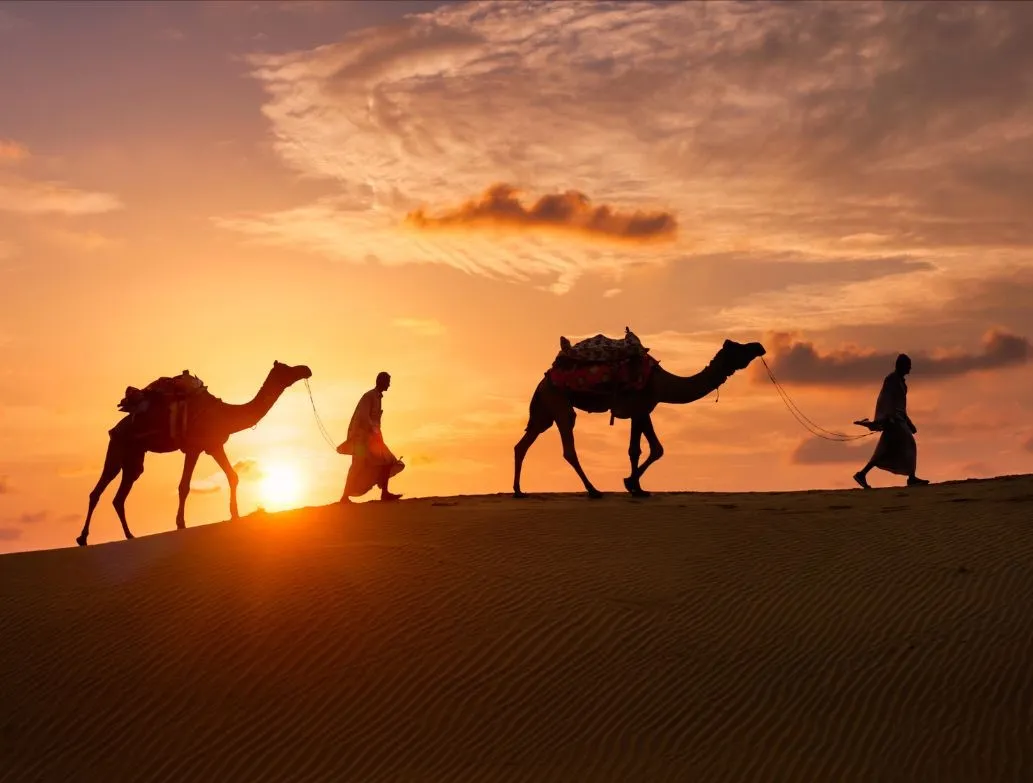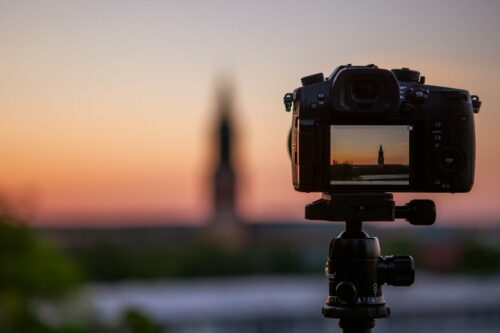
In the world of photography, there are two main types of cameras that professionals and enthusiasts alike often debate about: DSLR (Digital Single-Lens Reflex) and Mirrorless cameras. Understanding the difference between these two can help you make an informed decision when it comes to choosing the right camera for your creative journey.
A DSLR camera uses a mirror mechanism to reflect light from the lens to an optical viewfinder, allowing you to see exactly what the lens sees. On the other hand, a mirrorless camera does not have a mirror. Instead, it uses a digital viewfinder or an electronic screen to display what the lens captures in real-time.
One advantage of mirrorless cameras is their compact size and lightweight design. Without the need for a mirror mechanism, mirrorless cameras can be significantly smaller and lighter than DSLR cameras.
This makes them more portable and convenient to carry around, especially for photographers who are always on the go. Additionally, the absence of a mirror reduces the overall noise and vibrations in the camera, resulting in a quieter shooting experience.
Advantages of Using a Mirrorless Camera
Aside from their compact size, mirrorless cameras offer several other advantages that can help unlock your creativity as a photographer. One key advantage is the ability to see the final image before you even press the shutter button.
With a DSLR camera, you need to rely on your knowledge of exposure settings and composition to visualise the final result. However, with a mirrorless camera, you can see the exposure, depth of field, and white balance in real-time through the electronic viewfinder or the rear LCD screen.
This instant feedback allows you to make adjustments on the spot and ensures that you capture the image exactly as you envision it.
Another advantage is the advanced autofocus system found in many mirrorless cameras. With DSLR cameras, autofocus is typically achieved through a dedicated autofocus sensor, which may not cover the entire frame.
Mirrorless cameras, on the other hand, use a hybrid autofocus system that combines phase-detection and contrast-detection autofocus. This means that cameras like the Fujifilm X-T30 II, have a faster and more accurate autofocus, even in challenging lighting conditions or when capturing moving subjects.
Additionally, mirrorless cameras often offer a wide range of digital features and creative tools that can enhance your photography. These can include built-in image stabilisation, time-lapse capabilities, focus peaking for manual focusing, and even the ability to shoot in silent mode. These features give you more control over your images and open up new possibilities for creative expression.
Getting Started with Your Mirrorless Camera – Basic Settings and Functions
Now that you understand the advantages of using a mirrorless camera, let’s dive into the essential settings and functions that will help you get started on your photography journey.
Choosing the Right Lens: One of the great advantages of mirrorless cameras is their compatibility with a wide range of lenses. Depending on your photography style and preferences, you can choose from prime lenses, zoom lenses, wide-angle lenses, telephoto lenses, and more. Research and invest in lenses that suit your needs and allow you to capture the images you envision.
Mastering Exposure Settings: Understanding exposure is crucial for achieving well-exposed and balanced photographs. Familiarise yourself with the exposure triangle – aperture, shutter speed, and ISO – and learn how to adjust these settings on your mirrorless camera. Experiment with different exposure settings to get a feel for how they affect the final image.
Exploring Creative Modes: Most mirrorless cameras come with a variety of shooting modes, including aperture priority, shutter priority, and manual mode. Each mode offers different levels of control over the exposure settings and allows you to unleash your creativity. Start by experimenting with aperture priority mode, where you can control the depth of field and blur the background to create stunning bokeh effects.
Utilising Focus Modes: Mirrorless cameras offer various focus modes, such as single autofocus (AF-S), continuous autofocus (AF-C), and manual focus (MF). Explore these focus modes and learn when to use each one. For example, AF-S is ideal for still subjects, while AF-C is better suited for capturing fast-moving subjects.
Customizing Camera Settings: Take advantage of the customization options available on your mirrorless camera. Customise the function buttons, assign frequently used settings to shortcut keys, and adjust the camera’s menu to your liking. This will help you work more efficiently and ensure that your camera settings are tailored to your shooting style.
Photography Tips and Tricks for Beginners Using a Mirrorless Camera
Now that you have a good understanding of the basics, it’s time to explore some photography tips and tricks that can help you elevate your skills as a beginner using a mirrorless camera.
Mastering Composition: Composition is key to creating visually compelling images. Familiarise yourself with the rule of thirds, leading lines, symmetry, and other compositional techniques. Experiment with different angles and perspectives to add depth and interest to your photographs.
Exploring Different Genres: Don’t limit yourself to one genre of photography. Use your mirrorless camera to explore various genres, such as landscape, portrait, street, macro, and wildlife photography. Each genre offers unique challenges and opportunities to unleash your creativity.
Understanding Lighting: Lighting plays a crucial role in photography. Learn how different types of light – natural light, artificial light, and mixed lighting – can affect the mood and atmosphere of your images. Experiment with different lighting conditions and techniques, such as golden hour photography, long exposure, and using off-camera flash.
Editing and Post-Processing: Post-processing is an essential part of digital photography. Familiarise yourself with editing software, such as Adobe Lightroom or Capture One, and learn how to enhance your images through adjustments like exposure, contrast, colour correction, and sharpening. Remember to edit your images while maintaining a natural and realistic look.
Seeking Inspiration and Feedback: Surround yourself with a community of photographers who can inspire and guide you in your creative journey. Join online photography forums, participate in photo challenges, and seek constructive feedback on your work. Learning from others and getting inspired by their work can help you grow as a photographer.
Conclusion: Unleash Your Creativity with the Power of a Mirrorless Camera
In conclusion, a mirrorless camera can be a game-changer for photographers of all levels, especially beginners. Its compact size, advanced features, and instant feedback make it a powerful tool for unleashing your creativity.
By understanding the difference between DSLR and mirrorless cameras, taking advantage of the unique features of your mirrorless camera, mastering the basic settings and functions, and exploring various photography tips and tricks, you can take your photography to new heights.
Embrace your mirrorless camera and embark on a creative journey that will capture the beauty of the world through your lens.





